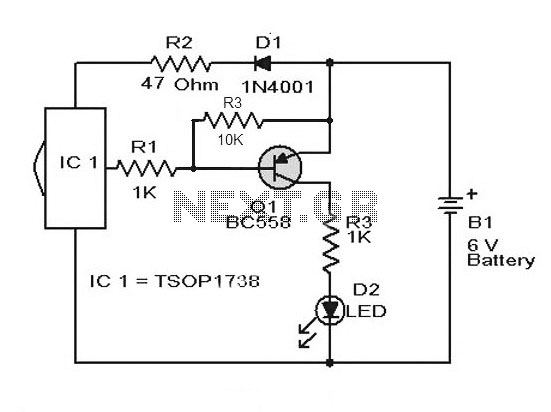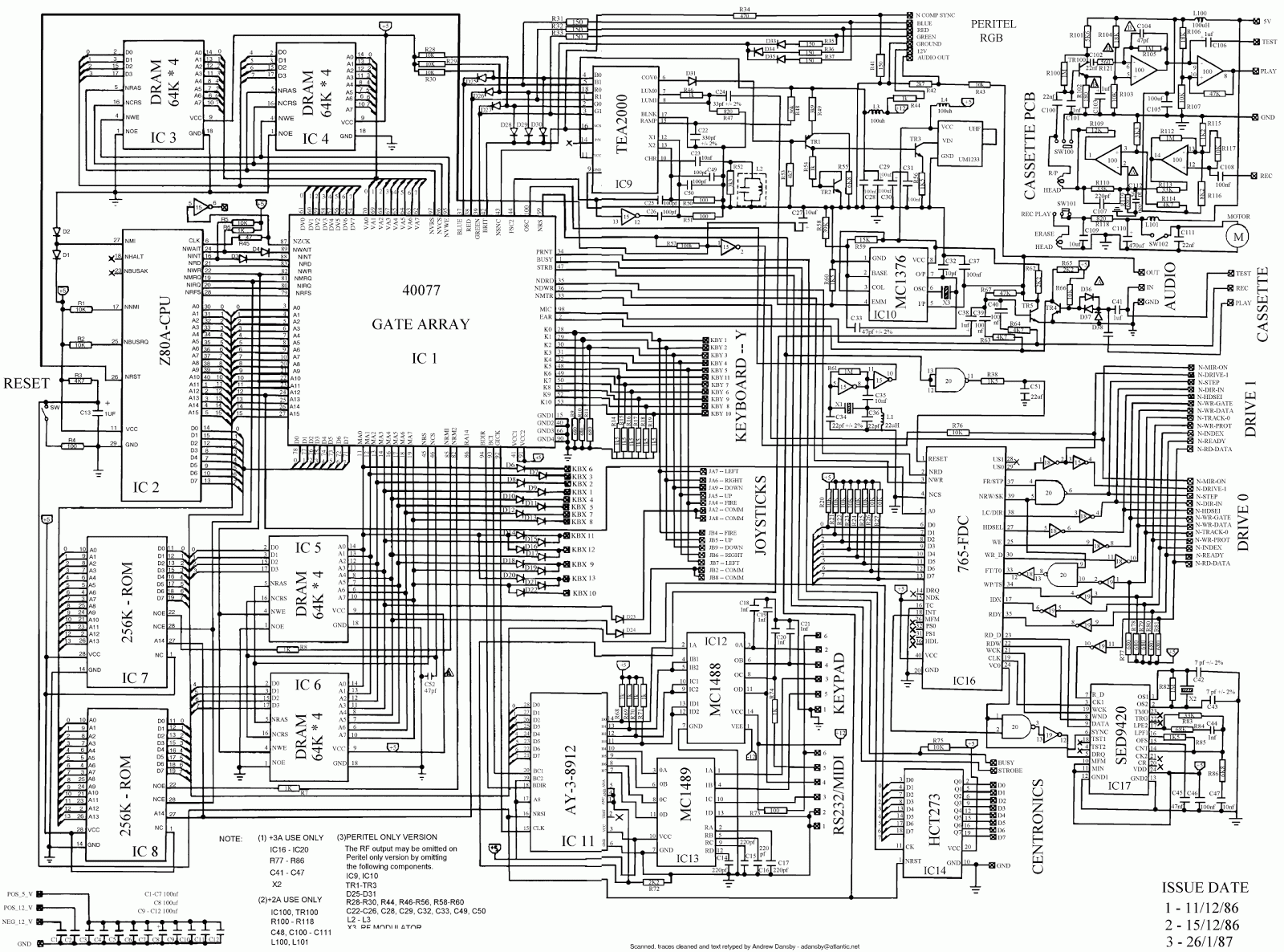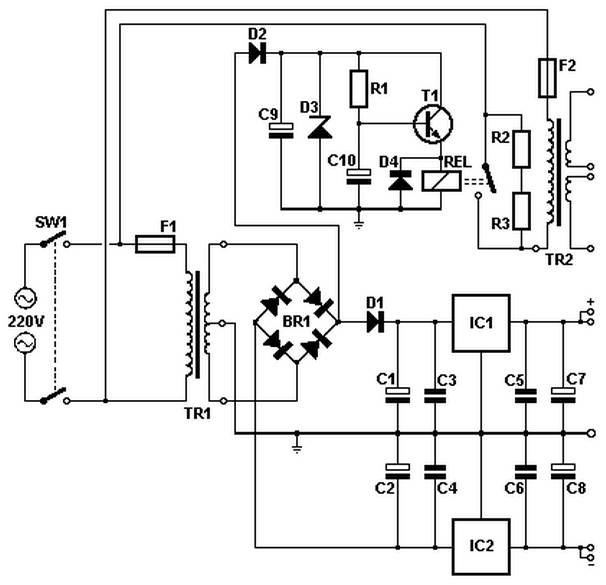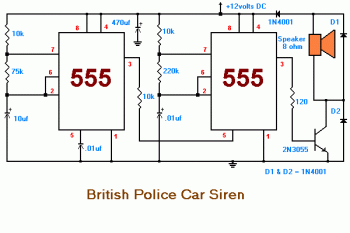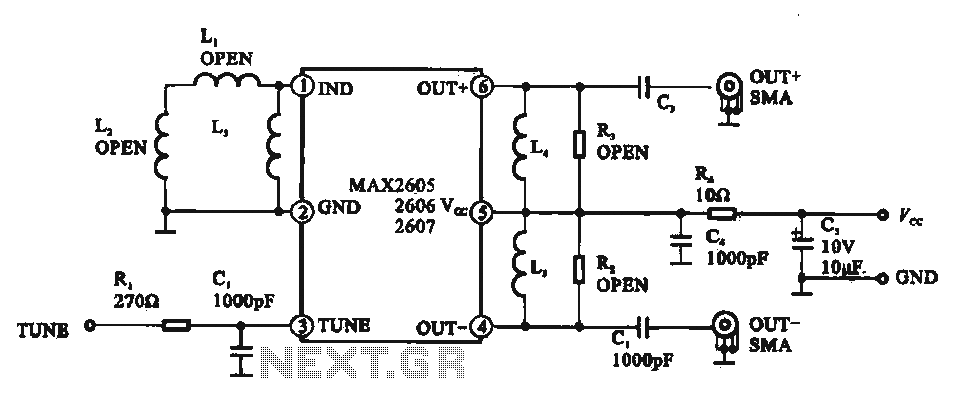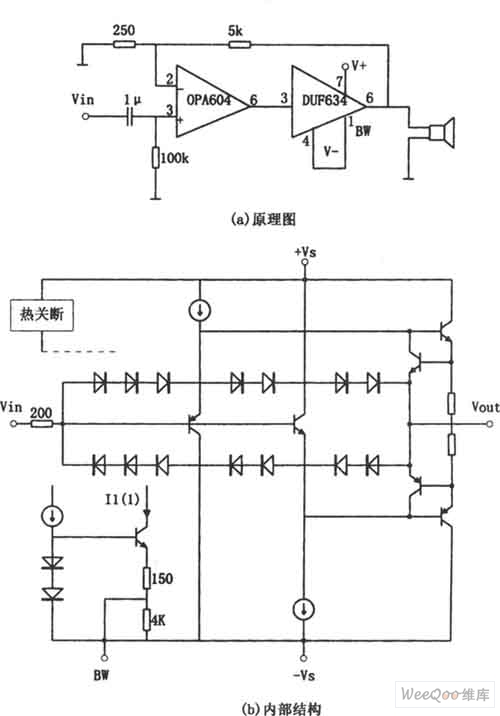
Low voltage DC power charger circuit
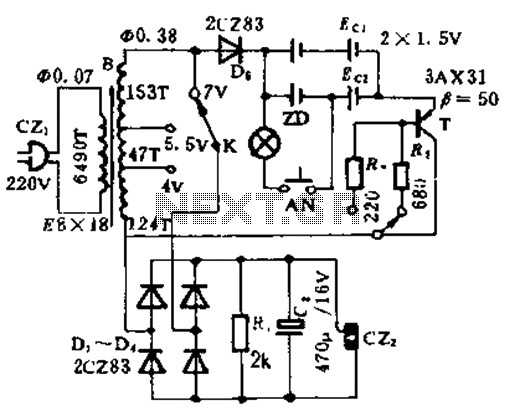
This circuit is designed for high current applications using nickel-cadmium rechargeable batteries, and it can also function as a general low-voltage DC power supply. The circuit consists of a charging section and a DC output section. K2 serves as the selector switch for fast and slow charging modes. Resistors R2 and R3 act as current limiting resistors, allowing for adjustments to the charging current. Typically, the fast charge mode takes approximately 4 hours, while the slow charge mode takes about 14 hours. The circuit also includes a test circuit composed of components NA and ZD. Before initiating the charging process, rechargeable batteries must be installed. When the AN button is pressed, the ZD indicator will either light up or remain off, indicating normal operation. Once the charging time requirements are met, the ZD indicator should emit light for 10 seconds to confirm that full power has been achieved, making the circuit suitable for powering appliances.
This circuit functions by integrating both a charging mechanism and a DC output feature, making it versatile for various applications. The charging section is responsible for replenishing the energy in nickel-cadmium batteries, which are known for their ability to deliver high current. The design allows for two distinct charging rates, controlled by the K2 switch, enabling users to select either a fast charge mode, which typically completes in about 4 hours, or a slow charge mode that extends the charging duration to approximately 14 hours.
The current limiting resistors, R2 and R3, play a crucial role in managing the charging current. By adjusting these resistors, the user can fine-tune the charging process to suit specific battery requirements, ensuring safe and efficient charging. This flexibility is particularly beneficial in scenarios where battery longevity and performance are critical.
The inclusion of the test circuit with components NA and ZD provides a visual indication of the charging status. Before charging begins, it is essential to install the rechargeable batteries properly. When the AN button is activated, the ZD indicator will provide feedback on the circuit's status. A lit ZD indicates that the circuit is functioning correctly, while an unlit ZD may suggest a fault or improper setup.
After the charging cycle has completed according to the set parameters, the ZD indicator will glow for 10 seconds, signaling that the batteries have reached full charge. This feature ensures that users can confidently utilize the circuit for powering various appliances, knowing that the batteries are adequately charged and ready for use. Overall, this circuit design effectively combines functionality and user-friendly features for managing rechargeable battery systems.This circuit can be used for large current after use nickel-cadmium batteries, rechargeable batteries, but also as a general low-voltage DC power supply. This circuit by the charging section and the dc output parts. K2 is the fast charge, slow charge selector switch, R2, R3 current limiting resistor, can change the size of the charging current. Typically, fast charge control in about 4h, slow charge about 14h. NA, ZD composition of the test circuit. Before charging, be fitted with rechargeable batteries. Press AN time, ZD matte or shimmer is normal, when the charging time to meet the requirements, according to AN, the ZD emitting be maintained 10s described above full power, so as for appliances.
This circuit functions by integrating both a charging mechanism and a DC output feature, making it versatile for various applications. The charging section is responsible for replenishing the energy in nickel-cadmium batteries, which are known for their ability to deliver high current. The design allows for two distinct charging rates, controlled by the K2 switch, enabling users to select either a fast charge mode, which typically completes in about 4 hours, or a slow charge mode that extends the charging duration to approximately 14 hours.
The current limiting resistors, R2 and R3, play a crucial role in managing the charging current. By adjusting these resistors, the user can fine-tune the charging process to suit specific battery requirements, ensuring safe and efficient charging. This flexibility is particularly beneficial in scenarios where battery longevity and performance are critical.
The inclusion of the test circuit with components NA and ZD provides a visual indication of the charging status. Before charging begins, it is essential to install the rechargeable batteries properly. When the AN button is activated, the ZD indicator will provide feedback on the circuit's status. A lit ZD indicates that the circuit is functioning correctly, while an unlit ZD may suggest a fault or improper setup.
After the charging cycle has completed according to the set parameters, the ZD indicator will glow for 10 seconds, signaling that the batteries have reached full charge. This feature ensures that users can confidently utilize the circuit for powering various appliances, knowing that the batteries are adequately charged and ready for use. Overall, this circuit design effectively combines functionality and user-friendly features for managing rechargeable battery systems.This circuit can be used for large current after use nickel-cadmium batteries, rechargeable batteries, but also as a general low-voltage DC power supply. This circuit by the charging section and the dc output parts. K2 is the fast charge, slow charge selector switch, R2, R3 current limiting resistor, can change the size of the charging current. Typically, fast charge control in about 4h, slow charge about 14h. NA, ZD composition of the test circuit. Before charging, be fitted with rechargeable batteries. Press AN time, ZD matte or shimmer is normal, when the charging time to meet the requirements, according to AN, the ZD emitting be maintained 10s described above full power, so as for appliances.
Warning: include(partials/cookie-banner.php): Failed to open stream: Permission denied in /var/www/html/nextgr/view-circuit.php on line 713
Warning: include(): Failed opening 'partials/cookie-banner.php' for inclusion (include_path='.:/usr/share/php') in /var/www/html/nextgr/view-circuit.php on line 713
